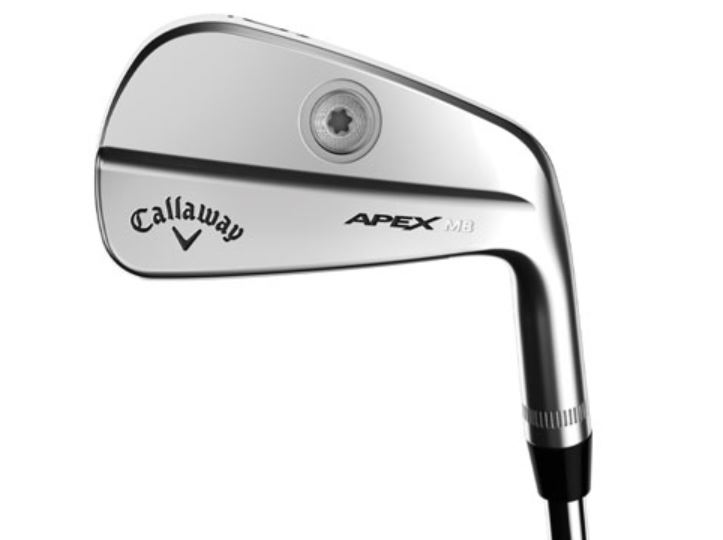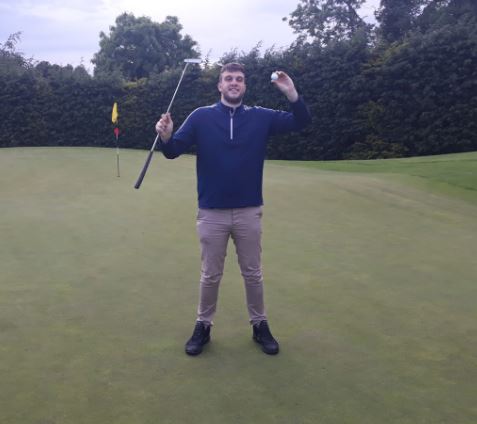Cavity Back Irons Vs Blades – What’s Better And For Who?
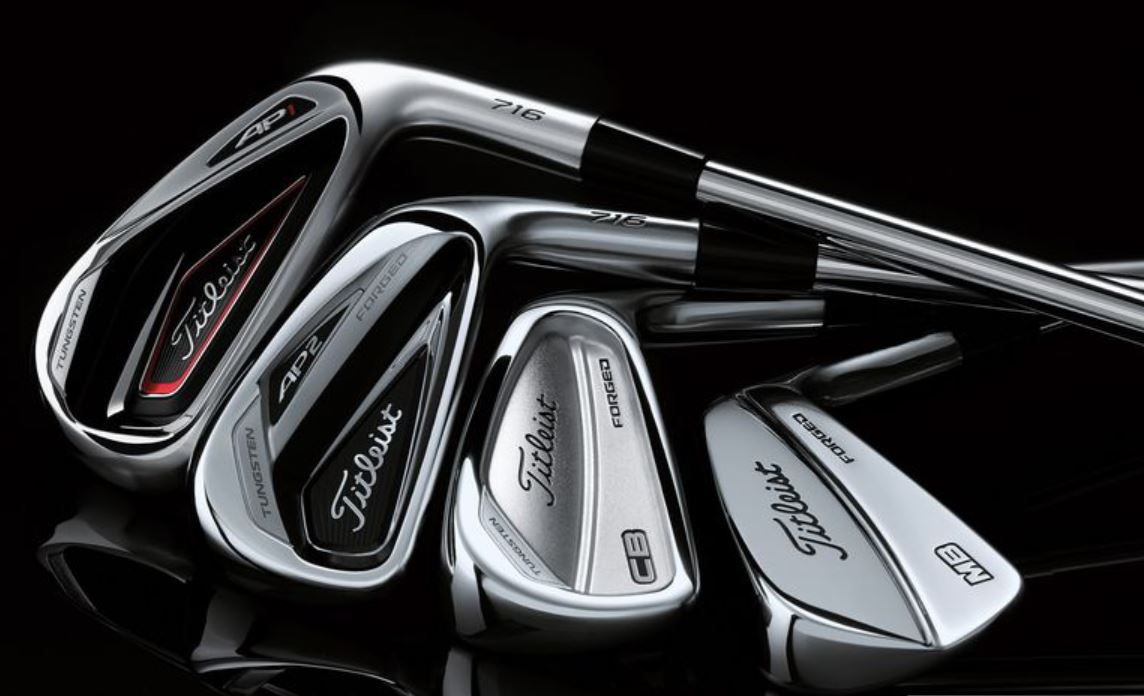
The first set of irons that I got as a kid were blades. No, I was not a child prodigy, blades were the only type of irons available in my hometown, so if I wanted to play, I had to learn how to strike them.
These days it is common for mid to high handicappers to play with cavity back irons, which often contain game improvement technology that makes life easier for the average player.
In this post, we are taking a deeper look at cavity back irons vs blades. Our aim is to identify what type of irons are better for which golfers.
Cavity Back Irons Vs Blades Overview
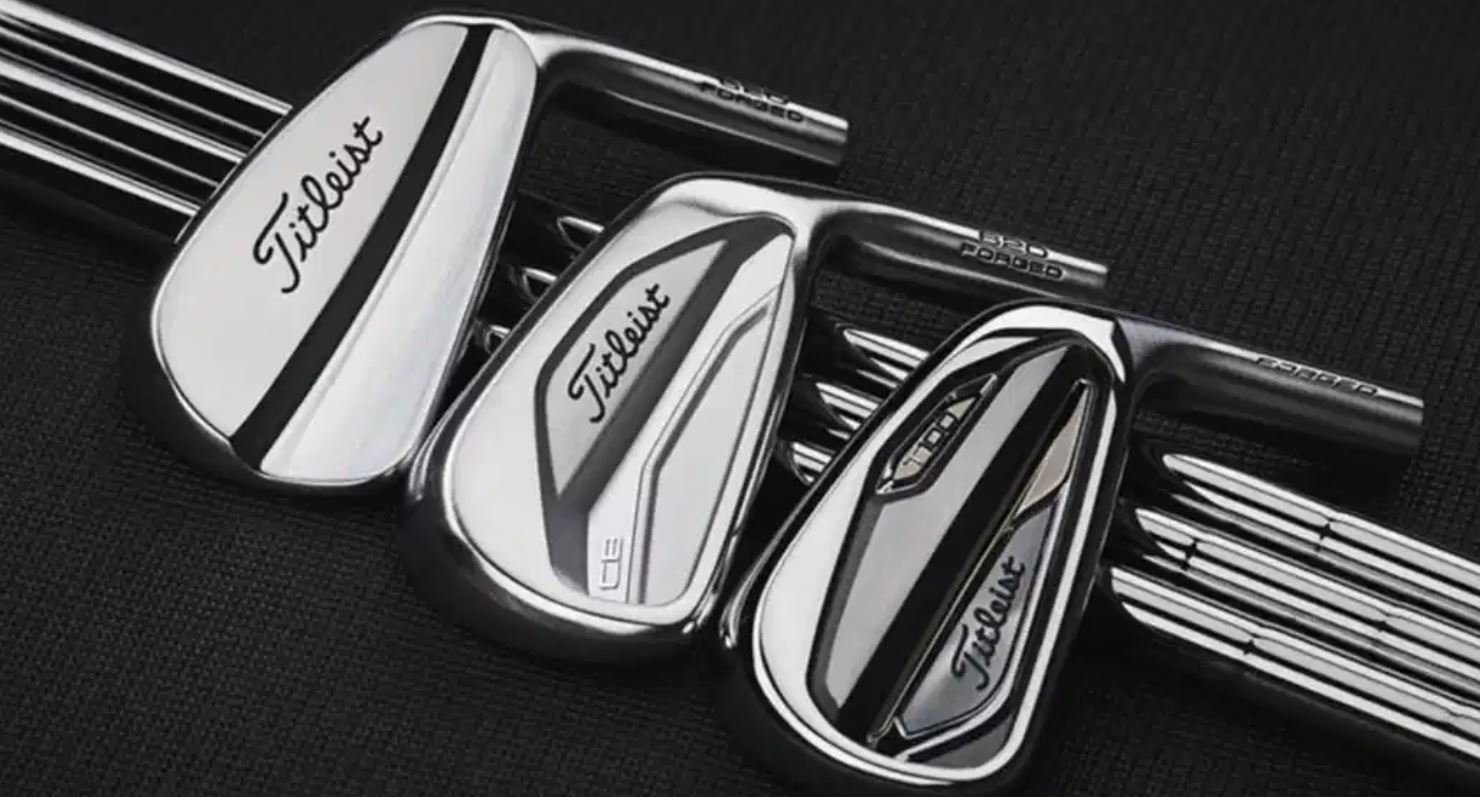
Cavity back irons are typically crafted using a cast. A more affordable production method than forging.
The cavity back design enables manufacturers to insert additional materials that assist golfers in generating faster clubhead and ball speed, increased forgiveness, and consistent carry and distance.
Conversely, blades are typically forged from a single piece of metal and have a compact head design that provides optimal shot workability but limited forgiveness.
What Are Cavity Back Irons?
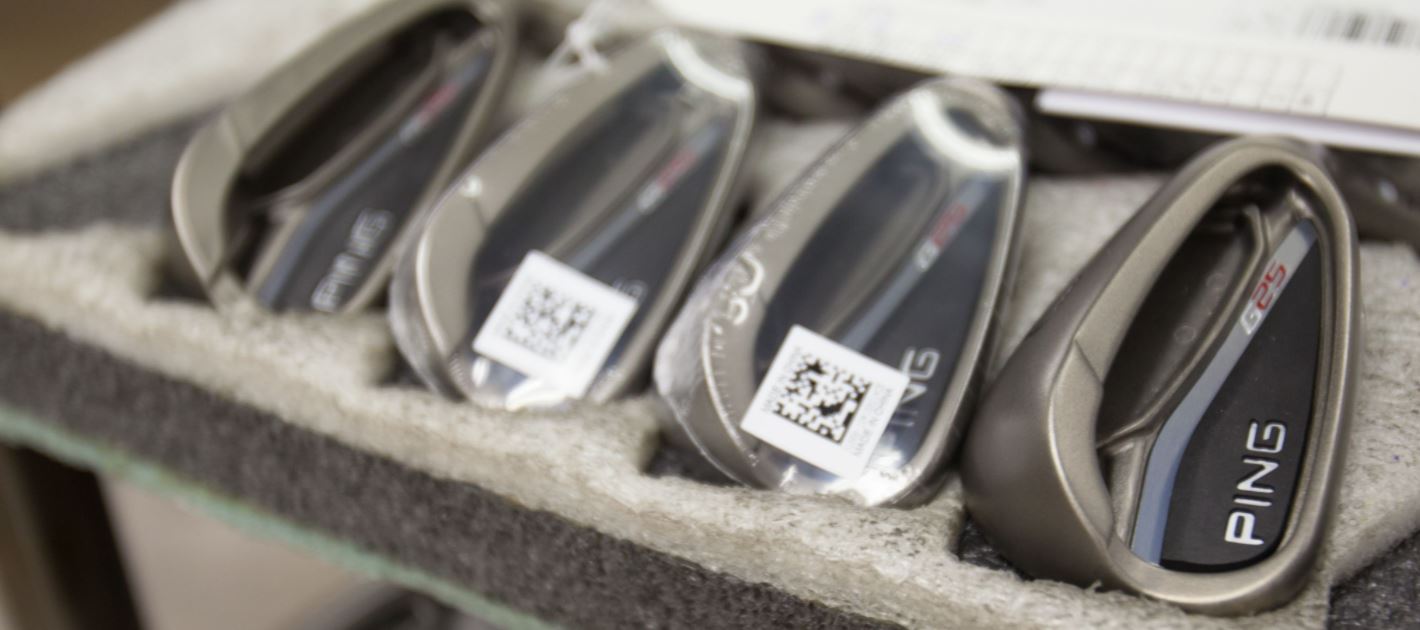
As the name suggests, cavity back irons are hollowed out behind the clubface.
This enables manufacturers to remove weight from behind the face and distribute it around the clubhead’s perimetre.
As a result, the heel and toe of the iron contain more weighting than usual to increase the MOI of the club and enhance its forgiveness on off-center strikes.
What Are Blades?
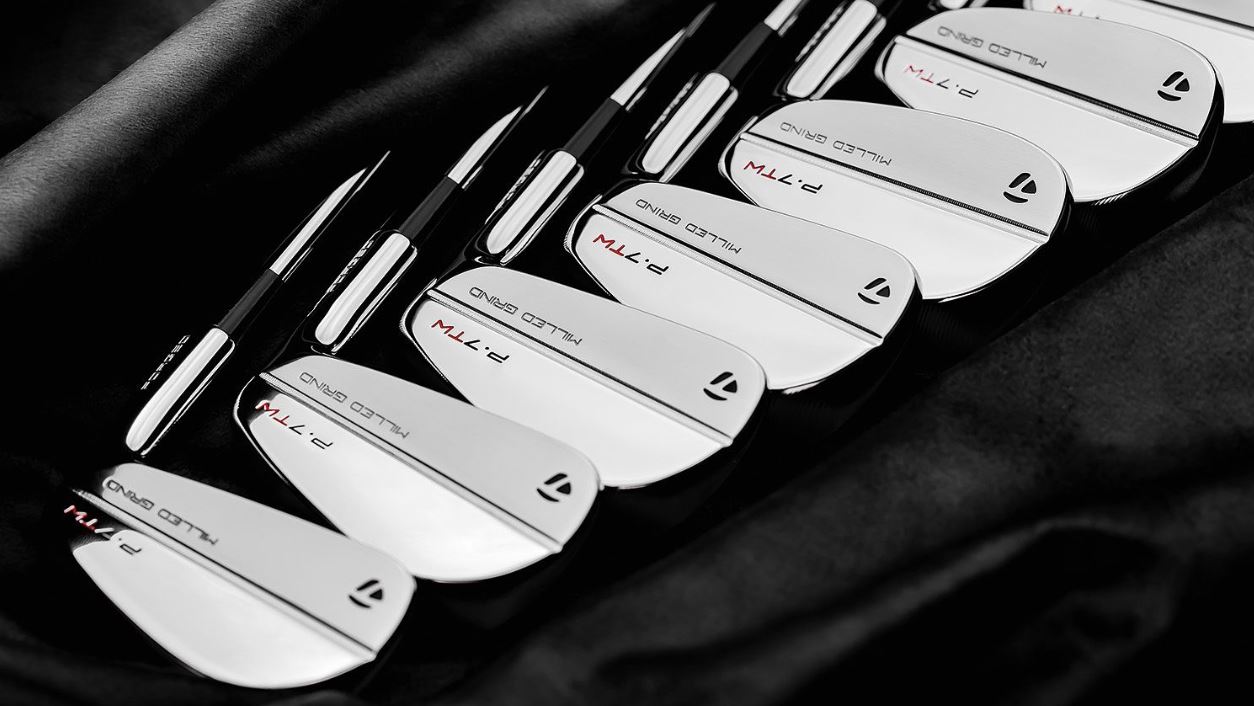
Blades are forged from a single piece of metal, resulting in a compact head design and what used to be an unbeatable composition.
The sweet spot on the blades is positioned directly behind the center of the face. Any strikes out of the heel or toe of the club will not be forgiven. As a result, you jeopardize distance and accuracy.
Although blades are less forgiving than cavity backs, they tend to have less offset, better turf interaction, and improved workability, when compared to cavity back irons.
They also force consistency from the best players in their swing which is why they are still favored by tour pros.
Benefits Of Using Cavity Back Irons?
Thanks to the perimeter weighting on cavity back irons, they deliver exceptional forgiveness and distance, even on off-center strikes.
Furthermore, these irons promote a powerful launch to help you get the ball consistently airborne.
Who Should Use Cavity Backs?
Cavity back irons are an excellent option for mid to high handicappers looking for enhanced forgiveness, accelerated ball speed, a powerful launch, and further distance.
Cavity backs have improved tremendously in the last number of years, with more and more low handicappers and even pros opting for their many benefits.
Benefits Of Using Blades?
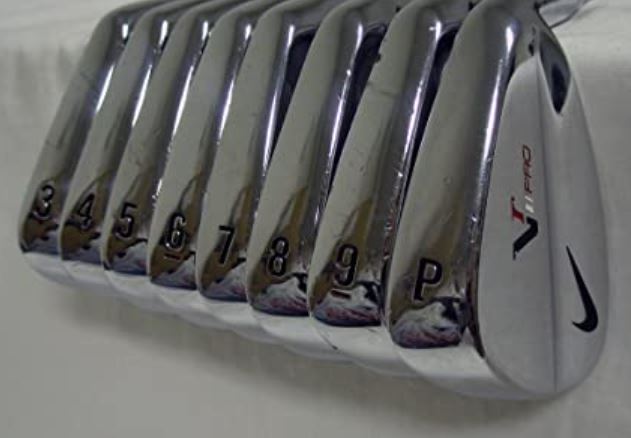
Besides the attractive design and appearance of blades, the reduced offset helps you shape your shots better than with cavity backs.
Cavity backs are designed to promote a straighter ball flight, reducing the workability of shots. It is for this reason why superior golfers opt for blades instead.
Blades are further praised for their crisp feedback and smooth feel on strikes out of the sweet spot.
Who Should Be Using Blades?
While blades have various advantages, their biggest flaw is forgiveness.
As Golfweek’s Jim Thomas will tell you, off-center strikes are not forgiven and result in a loss of distance and a hook or a pull. Only Pros and low handicappers should consider playing with blades.
Mid to higher handicap golfers, who have not yet mastered the art of ball striking, should steer clear of blades. That being said, blades have also become more forgiving in recent years and you can even have clubs like the P790’s now from Taylormade that are more forgiving but still aimed at better players.
Are Cavity Backs The Same As Game Improvement Irons?
Game improvement irons are a type of cavity back club that Thomas suggests became popular in the 1980s. The design of cavity backs enabled manufacturers to redistribute weight from behind the clubface to the heel and toe.
This inadvertently provided the irons with additional forgiveness and a lower CG for a higher straighter launch. The features mentioned above are what sets clubs in the broader game improvement category apart from players’ irons.
Are Players Distance Irons Cavity Backs?
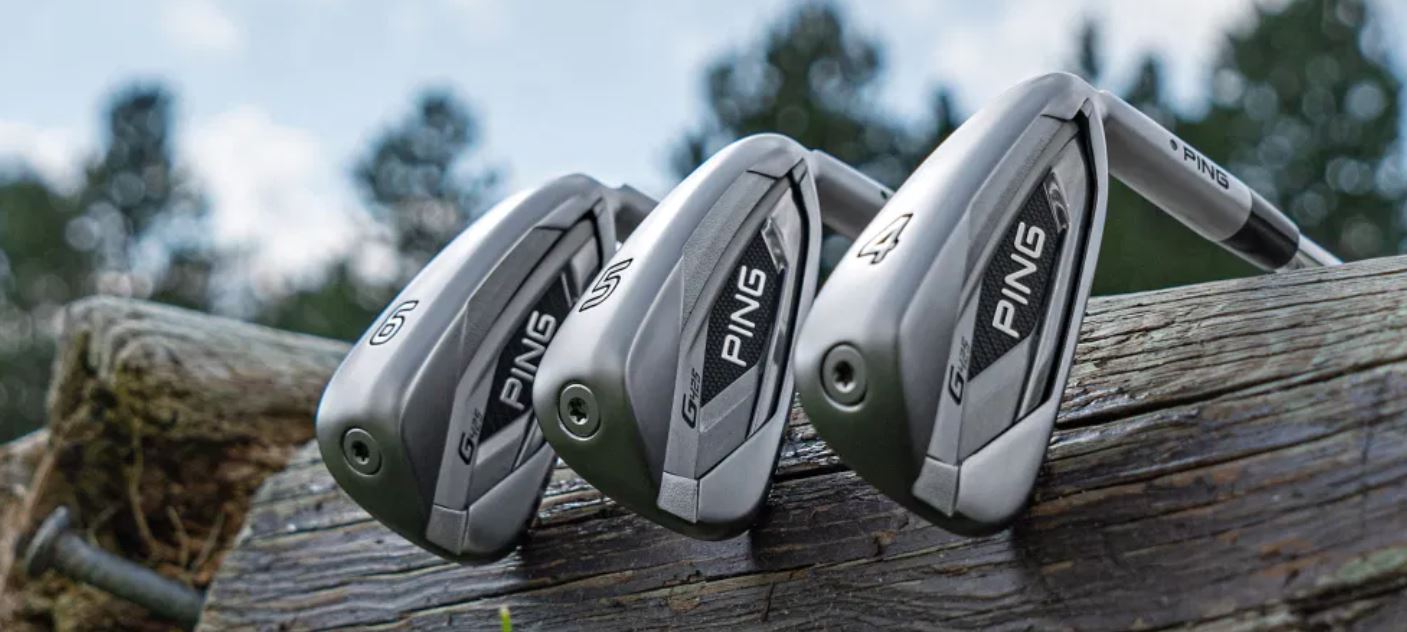
Generally, players’ distance irons fall into the category of cavity back irons. While these iron heads do not have the oversized profile of super game improvement irons, they carry a low CG and flexible face to deliver accelerated ball speed and further distance.
With the advancement in technology, manufacturers are now producing hybrid irons. These irons are forged and have the compact shape of blades, but they are hollowed out at the back to provide game-improvement features. One example of this is Cobra with their King Forged TEC Irons.
Are All Blades Forged?
Yes, all blades are forged. According to Jim Thomas, they derive their name from the knife blade-like appearance of the metal after the forging process.
The production of these irons leads to weight being positioned behind the face, with a reduced sweet spot.
Are All Blades, Muscle Backs?
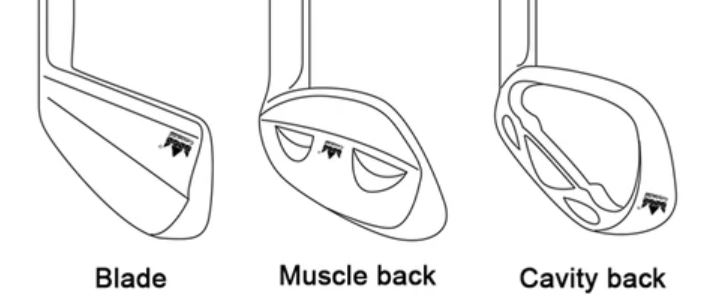
Yes, blades are muscle backs. The weight is placed directly behind the clubface as a result of the muscle back design.
However, the sweet spot is reduced and placed slightly between the heel and center of the club.
Blades Vs Cavity Backs – Distance
While Pros and lower handicappers may be able to flush their blades miles. As an average golfer, you would likely achieve greater distance with cavity backs.
For starters, the average golfer struggles to consistently strike the ball in the sweet spot and generate sufficient ball speed for longer carry and total distance. Anything off-center strikes will lead to less distance and prompt a hook or slice.
Cavity back irons contain a lower CG in the longer irons to help you consistently get the ball in the air, resulting in further carry and total distance. To top it off, cavity backs tend to promote a straighter flight to ensure consistent distance and accuracy, even on strikes off the heel and toe.
Blades Vs Cavity Backs – Feel & Control
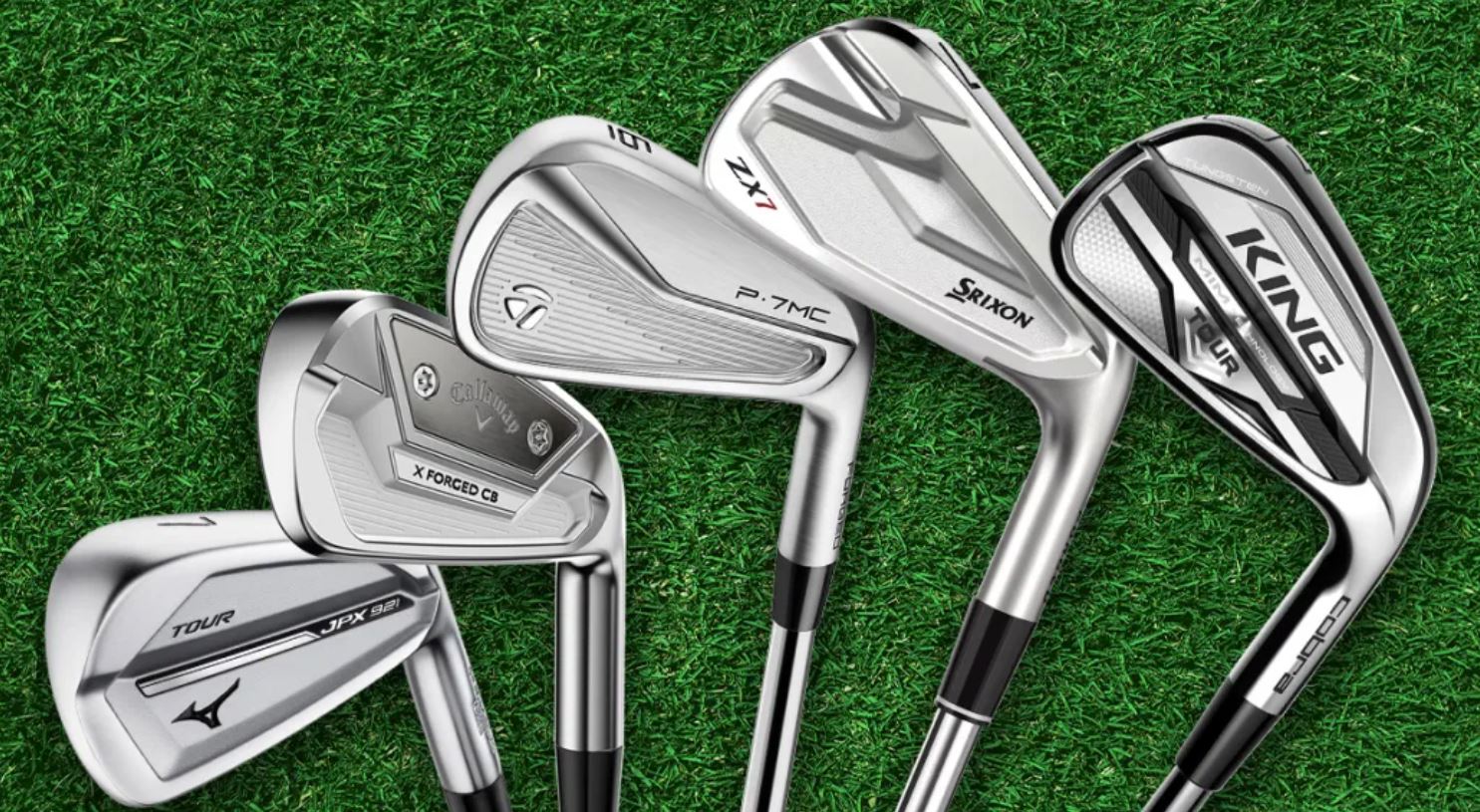
There are few better feelings in golf than flushing a blade out of the sweet spot. The buttery soft feel and pleasant feedback are like nothing else. However, any off-center strikes will result in a torrid experience of unwanted vibrations and acoustics.
Manufacturers of cavity back irons insert a polymer padding between the face and the cavity to reduce unwanted vibrations and deliver crisp sounds, even on off-center strikes.
Although blades offer superior golfers more control when it comes to shot shape. Us less talented ball strikers can generate excessive side spin with blades and induce a duck-hook or slice.
Overall, cavity backs are more suitable to the average golfer in terms of feel and control.
Our Favorite 3 Cavity Backs – Mini Review
Cobra King Radspeed Irons
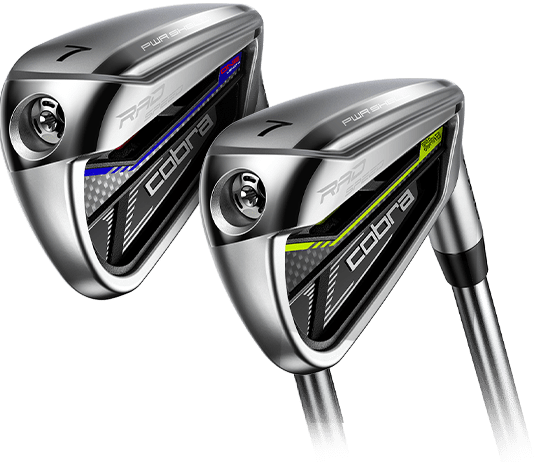
Key Features
- Oversize
- Supreme heel and toe weighting
- Forged PWRShell clubface
- Lower CG
- Enhanced MOI
Pros
- Higher launch
- Straighter ball flight
- Excellent forgiveness
- Promotes faster ball speed
Cons
- Oversized appearance is not appealing to most lower handicappers and pros
Overall Score: 93/100
Check Out More Reviews Here:
Ping G425 Irons
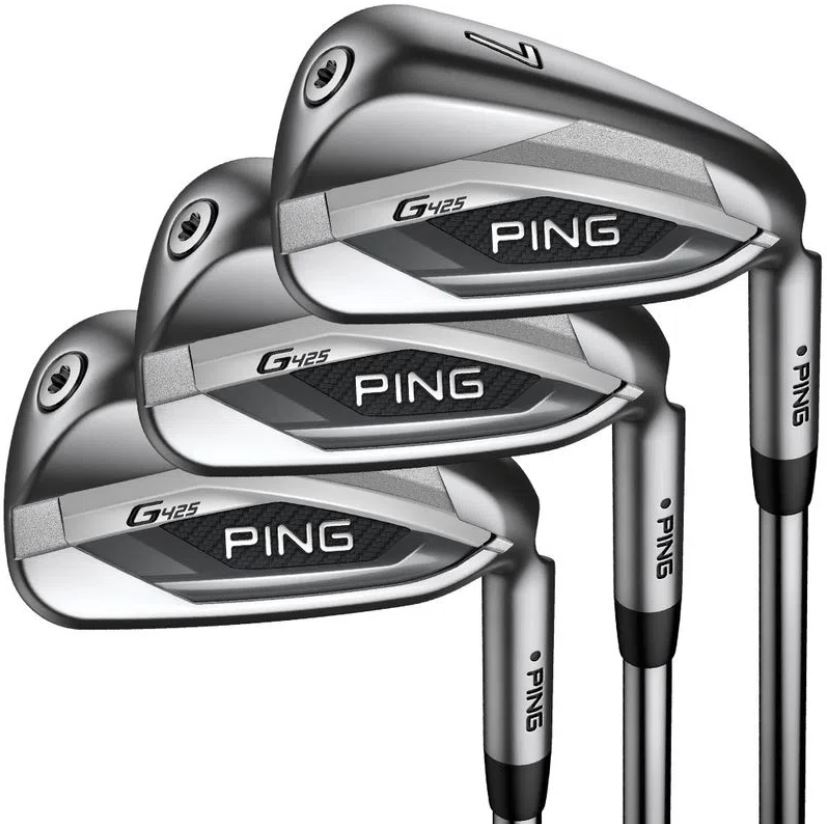
Key Features
- Extra perimeter weighting
- Face design of a metal wood
- Smaller head
- Delivers quickest ball speeds in the G-series
- Hydropearl Chrome finish
Pros
- Accelerated ball speed
- Optimal forgiveness
- Higher launch
- Increased distance
- Excellent shot stopping ability
Cons
- The higher launch can reduce the distance for players with faster swing tempos.
Overall Score: 95/100
Check Out More Reviews Here:
TaylorMade SIM 2 Max Irons
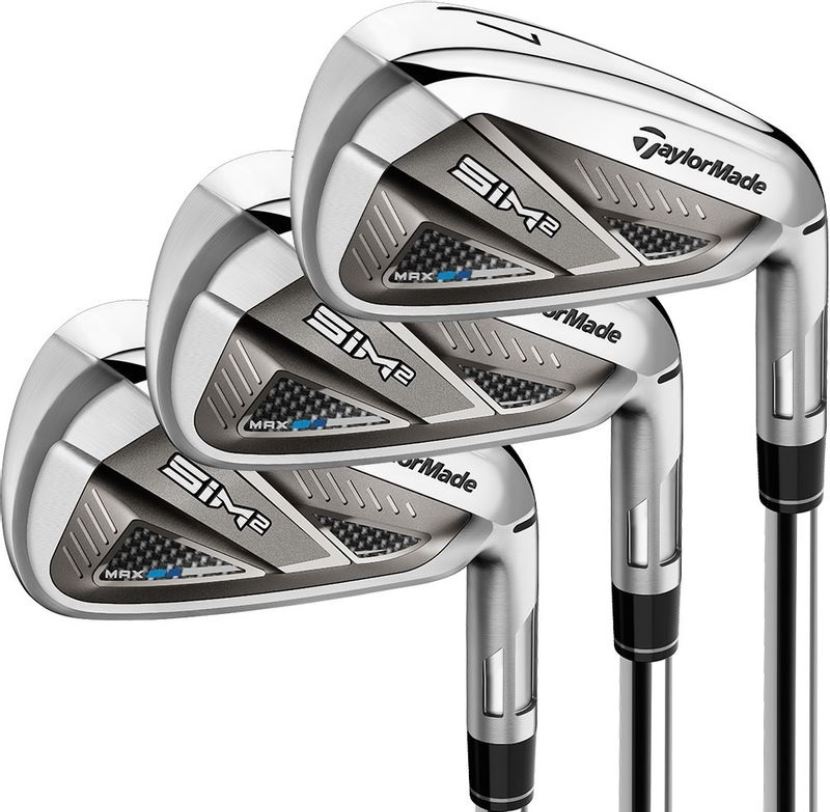
Key Features
- New cap-back design
- Multi-material construction
- Thru-slot speed pockets
- Optimized CG
- Echo dampening system
Pros
- Reduced vibrations on off-center strikes.
- Higher launch
- Increased carry and distance
- Rapid ball speed
- Forgiving
Cons
- Strong lofts may be challenging for the average golfer to control their trajectory.
Overall Score: 95/100
Check Out More Reviews Here:
Our Favorite 3 Blade Irons – Mini Review
Ping Blueprint Irons
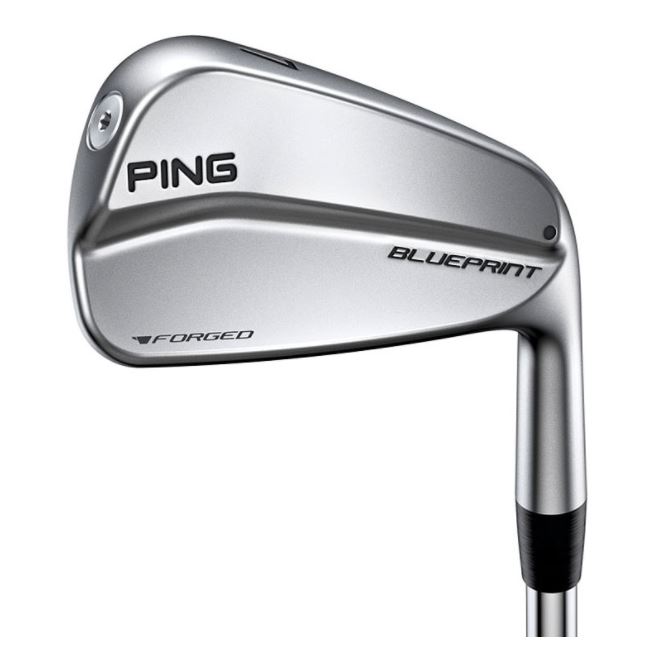
Key Features
- Forged carbon steel clubhead
- Compact blade design
- Narrow sole
- Tungsten screw insert
Pros
- Attractive looking irons
- Excellent shot workability
- Amplified turf interaction in wet weather
- Buttery soft feel on strikes out of the sweet spot
Cons
- Limited forgiveness
- Not designed for mid and high handicappers
- Expensive
Overall Score: 92/100
Check Out More Reviews Here:
TaylorMade P7MB Irons
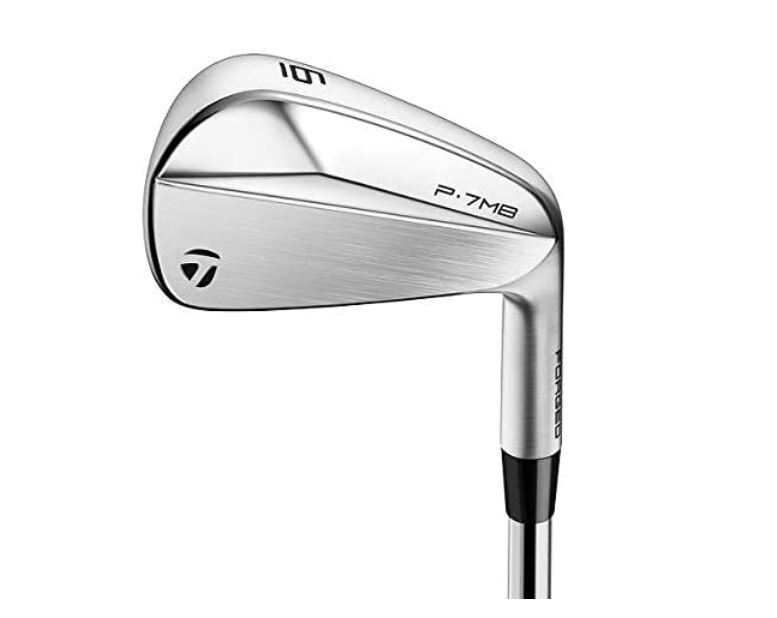
Key Features
- Minimalist profile
- Muscle back design
- Tight grain structure
- Narrow sole and, tight leading edge
Pros
- Traditional players iron appearance
- Improved glide through the turf
- Optimal workability
- Exceptional feel
Cons
- Minimal forgiveness
- Low ball flight is not ideal if you struggle to get the ball airborne
- High price tag
Overall Score: 94/100
Check Out More Reviews Here:
Callaway Apex MB Irons
Key Features
- Classic blade design
- High-performance grooves
- Thin topline
- Narrow sole width
- New weight positioned in the center of the clubhead
Pros
- Delivers consistent spin
- Attractive set of irons
- Reduces fliers from out the rough
- Enhanced shot workability
Cons
- Moderately expensive
- Small sweet spot
- Not suited to mid or high handicappers
Overall Score: 95/100
Check Out More Reviews Here:
Conclusion On Cavity Back Irons Vs Blades
As average golfers, we always try to find ways to enjoy the game more and get better while doing it. Evidently, the forgiveness and launch assistance provided by cavity back irons is helpful to maintain distance and accuracy out on the course.
Without this forgiveness, we can find ourselves generating excessive sidespin and losing distance on off-center strikes. Therefore, while blades look good and give the best players more control over the shape of their shot, they are to be left alone by mid to high handicappers.
Make the most of the assistance and forgiveness that cavity backs offer, and stop struggling with blades.
If you are interested in testing a set of game improvement cavity back irons, you can take a look at the Cobra King Radspeed irons here.

